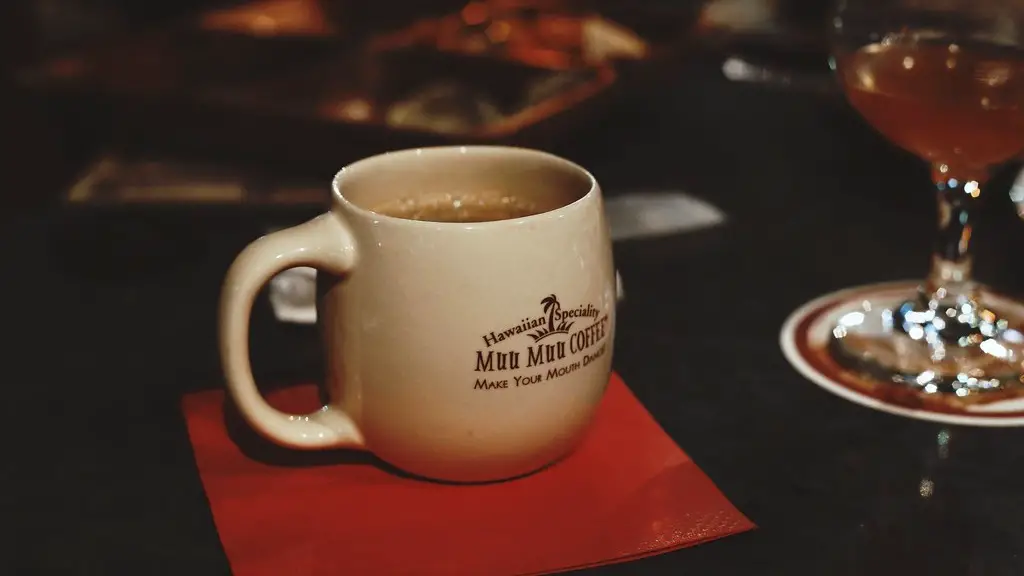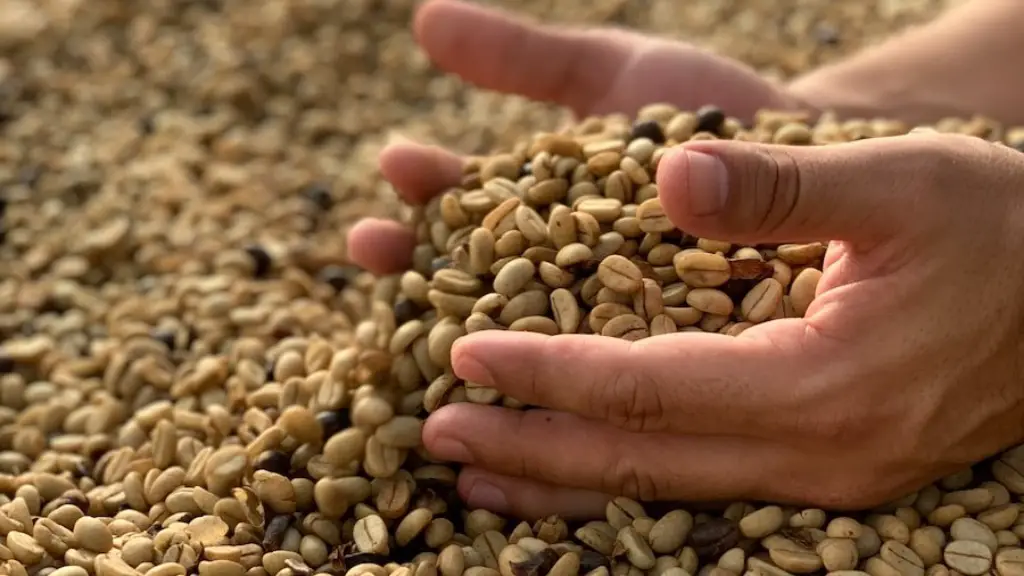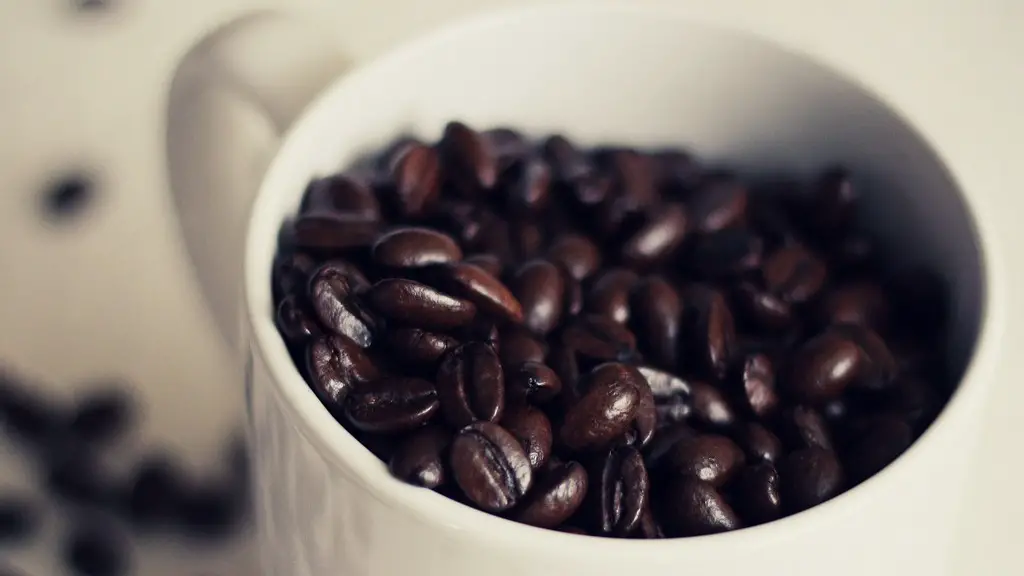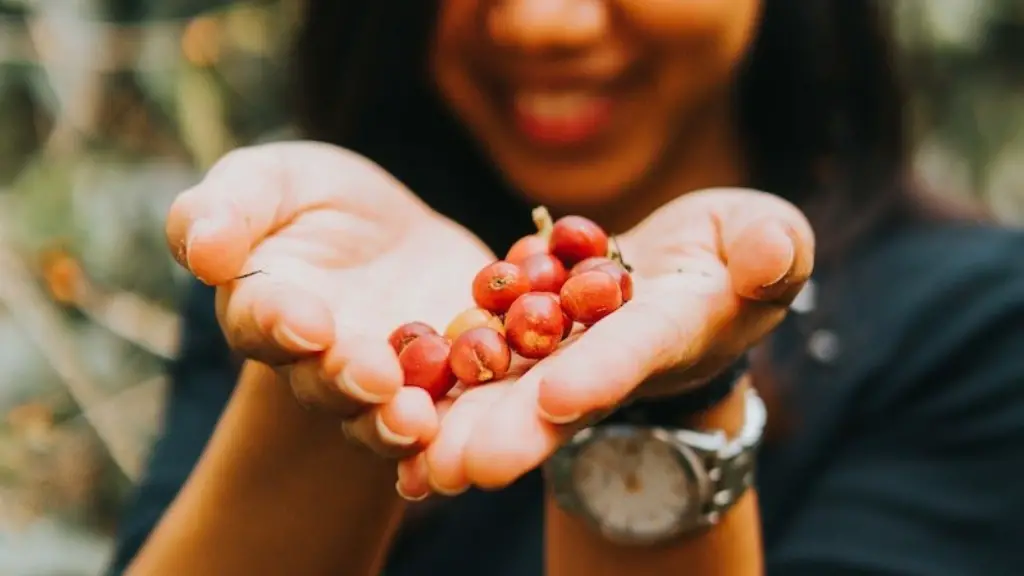Roasting the Perfect Cup of Coffee
Starbucks – the world renowned coffee chain – has made its fortune with coffee beans that are carefully and thoughtfully roasted. Everyone knows that the secret lies in the perfect blend of beans, careful selection and, of course, accurate roasting time. Depending on the type of beans, Starbucks is able to create a signature cup of coffee with a dark, intense flavor. So, how does Starbucks roast its coffee?
First, quality beans are selected, tipped into a hopper, and then heated in a vertical cylinder drum, normally heated by gas flames. During the roasting process, the beans pass the drum which, depending on the type of beans and quality, takes around 10 to 20 minutes. The beans, when roasting, will become brown and the temperature in the container is around 200 to 300 degrees Celsius but the exact temperature will depend on the type of roast. The gas flames not only heat up and roast the beans, they are also used to control the beans and keep them moving during the process— so they roast evenly.
Types of Roasting and the Outcome
The length of roasting and the type of roasting are two important factors which will determine the outcome of the final product. Roasting time can vary from light roasting to dark roasting and depending on how long it is roasted, the flavor of the bean changes dramatically. A light roast bean, for example, will have an acidity, a fragrant aroma and a bit of sweetness. Whereas a dark roast bean will produce a less acidic cup of coffee but with much a stronger body, flavor and taste.
Starbucks, being known for its dark roast, prefers to roast its beans from 12 to 14 minutes with a medium dark outcome. This allows the flavors to fully develop and create more reactions as the natural sugars of the beans caramelize when roasted for a longer period of time. The beans are then cooled down, packed and distributed around the world to the many different Starbucks stores.
Why Experts Believe That Roasting Is Important
Coffee experts, who have studied the process of roasting, firmly believe that the roasting process is the most important and especially crucial point, as it can make or break the flavor of the final product. It can also determine how fast it will go stale. Coffee beans contain over 800 different compounds, each of which can produce an array of flavors. Roasting these compounds carefully can bring out the best flavors of the beans while roasting them too much can damage or destroy these compounds and bring out a burnt flavor.
Simply put, roasting is very important as it breaks down cells in the beans, allowing oils and sugar to combine and make a unique cup of coffee. The length of roasting, as well as the type of roast, will have a huge effect on the final product. Letting the coffee rest for some time after roasting is also important, as this gives the coffee time to develop and expand it flavors.
Examining The Quality Of The Coffee Beans
Before roasting starts, the raw coffee beans are analyzed, to determine the quality and origin. The beans are poured into a container and shaken to separate the bad beans from the good beans. The good beans will usually remain on the surface and the bad beans can easily be seen on the bottom as they are often broken or smaller in size.
The quality beans are also sorted based on their flavors and size. All the while, they are heated and roasted in order to enhance their flavor and bring out the sweet and smooth taste that will be the hall mark of each cup of Starbucks’ coffee. After the roasting is completed, the coffee is analyzed again in certain batches to make sure that the outcome is consistent and up to the mark.
The Benefits of Roasting Coffee
In the commercial market, roasting coffee also has its own advantages. The coffee beans become smaller when roasting, so more of them can packed into smaller packaging. In addition, as the coffee beans darken and become more visually appealing, it allows for easier selling as it is more attractive to potential customers.
Also, the flavor is still preserved and the aroma remains unchanged. Most importantly, with each cup of coffee, the customer is getting the same flavor from each cup, with some subtle variance depending on the type of beans used. Roasting coffee provides a great way for customers to experience speciality coffee with high levels of consistency.
Techniques Coffee Experts Use To Roast Coffee
The techniques used to roast coffee are multi-dimensional. Coffee experts choose different methods and techniques depending on the type of coffee they want to produce. Some of these techniques used are a combination of smoke, heat, flame, and even air. With the combination of these techniques, the roaster will be able to accentuate and amplify certain characteristics of the bean and create smooth, rich and flavorful coffee.
Once the desired body, flavor, aroma and the color of the bean is achieved the beans are then left to cool down. Temperature control is a crucial part when it comes to roasting as not being able to control the temperature can gradually increase the temperature beyond the threshold.
Using Technology To Enhance The Roasting Process
To ensure consistency and accuracy, coffee roasters are now looking towards technology to enhance the roasting process. With the help of advanced technology, professional roasters are better equipped to bring out the best flavors of the beans and create a uniform flavor across batches.
Additionally, the use of technology can help provide insights and data to understand what works and what doesn’t. Roasters can carefully process the data they receive and use it to their advantage in order to produce the desired outcome. For example, it can provide information on how long to roast and types of beans to select in order to create the perfect cup of coffee.
Factors That Influence The Taste of Coffee
Apart from roasting, there are also many other factors that contribute to the flavor profile and aroma of a cup of coffee. The origin of the beans, the soil, the altitude, and the harvest season are all important factors that influence the flavor of the beans. Centuries of knowledge and traditions can be found in every cup of coffee served.
The methods and techniques used to process the beans also have an effect on the flavor. Wet processing, for instance, produces a light sweet and floral taste, while dry processing will produce a heavy, intense and slightly bitter tasting coffee. Coffee brewing is another factor that can influence the taste of the coffee and the amount of extraction influences the intensity and flavor of the cup.
Conclusion
Roasting coffee is a complex art that requires precision and care. Different types of roasting, along with the quality and origin of the beans, will all result in the final product. Starbucks has perfected this art by understanding and learning different techniques for roasting, which has been instrumental in making it a household name. Roasting coffee is one of the most important and critical steps in the process of creating that perfect cup.




